O
Em 1º de agosto de 2025, o Tribunal de Justiça da União Europeia emitiu uma decisão final: mantendo sua decisão de 2022.
Isso significa remover a classificação cancerígena do pó de dióxido de titânio (TiO₂). Essa decisão marca o fim de um debate científico e regulatório de quase uma década que impactou diversos setores em todo o mundo.
Dióxido de titânio
O pó de TiO2 é amplamente utilizado em revestimentos, produtos farmacêuticos e alimentos devido ao seu excelente poder de cobertura e brancura. Em 2016, a Agência Francesa de Segurança Alimentar, Saúde Ambiental e Ocupacional (ANSES) apresentou uma proposta à Agência Europeia de Produtos Químicos (ECHA) solicitando que o dióxido de titânio em pó fosse classificado como "cancerígeno por inalação". Em 2017, o Comitê de Avaliação de Riscos (RAC) da ECHA adotou um parecer apoiando sua classificação como "Suspeito de Carcinógeno Categoria 2". Em outubro de 2019, a Comissão Europeia adotou o Regulamento Delegado (DE) 2020/217, classificando oficialmente o dióxido de titânio em pó (1% ou mais partículas ≤ 10 mícrons) como suspeito de carcinógeno de categoria 2 e exigindo o uso de um rótulo de advertência: "H351: Pode causar câncer por inalação".
A classificação e rotulagem atuais são as seguintes:
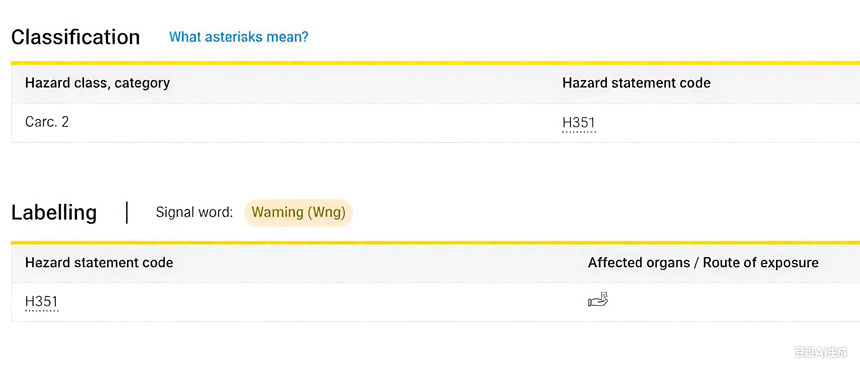

Linha do tempo da classificação do dióxido de titânio
|
Ano
|
Evento
|
Impacto
|
|
2016
|
A ANSES da França propõe classificar o TiO₂ como
é cancerígeno
|
Preocupação regulatória inicial levantada
|
|
2017
|
O RAC da ECHA apoia a classificação da Categoria 2
|
Aprovação do comitê científico
|
|
2019
|
Comissão da UE adota o Regulamento Delegado (UE) 2020/217
|
Implementação de rótulos de advertência obrigatórios H351
|
|
2022
|
O Tribunal Geral da UE anula a classificação
|
Desafio legal é bem-sucedido
|
|
2025
|
Tribunal de Justiça da UE confirma anulação
|
Resolução final da disputa
|
Base científica da decisão
A decisão do TJUE foi baseada em três considerações científicas fundamentais:
1. Mecanismo de ação:
O Tribunal concordou que os tumores pulmonares observados nos estudos com ratos foram causados pela sobrecarga de partículas, e não pela carcinogenicidade intrínseca do próprio TiO₂.
2. Extrapolação para humanos:
O Tribunal concluiu que não havia evidências suficientes para demonstrar que estudos de inalação em ratos podem prever com segurança o risco de câncer humano, especialmente em níveis típicos de exposição.
3. Outras explicações:
A decisão afirmou que os efeitos observados podem ser devidos à inflamação causada pelo acúmulo de partículas, e não à toxicidade química.
Impacto direto na indústria
Esta decisão proporcionará um alívio significativo para vários setores:
Tintas e Revestimentos
:
Elimine os rótulos de advertência na maioria dos revestimentos arquitetônicos e industriais
Plásticos
:
Reduzir a carga de classificação de embalagens de alimentos e produtos de consumo
Cosméticos:
Protetores solares e cosméticos coloridos agora podem ser comercializados sem advertências de agentes cancerígenos
Indústria alimentícia:
Restaurar a confiança no uso de TiO₂ (E171) em aplicações alimentícias
Impacto regulatório global
Embora a decisão da UE seja vinculativa para os estados-membros, outras regiões podem reagir de forma diferente:
NÓS:
A Administração de Segurança e Saúde Ocupacional (OSHA) mantém a classificação atual de não cancerígeno
Canadá:
A Health Canada continua monitorando evidências emergentes
Ásia:
A maioria dos mercados nunca adotou a classificação de precaução da UE
Produtos que contêm dióxido de titânio
O TiO₂ continua sendo essencial em muitos produtos comuns:
|
Categoria do produto
|
Função TiO₂
|
Concentração típica
|
|
Tintas
|
Opacificante/Branco
mais novo
|
15-25%
|
|
Plásticos
|
Estabilizador UV
|
0,5-5%
|
|
Protetores solares
|
Filtro UV
|
2-10%
|
|
Alimentos (E171)
|
Corante
|
0,1-1%
|
|
Papel
|
Clareador
|
2-8%
|
A decisão final do Tribunal de Justiça da UE fornece a clareza necessária sobre a segurança do dióxido de titânio, confirmando a posição defendida por muitos cientistas e fabricantes. Embora a vigilância regulatória continue sendo importante, esta decisão permite que a indústria capitalize as valiosas propriedades do dióxido de titânio sem avisos desnecessários de carcinogenicidade.
Perguntas frequentes
Q1: O que é pó de dióxido de titânio TiO2?
R: O dióxido de titânio é um óxido de titânio natural usado como pigmento branco e aditivo funcional em muitas aplicações industriais e de consumo.
Q2: Quais pigmentos comuns contêm dióxido de titânio?
R: Vários pigmentos importantes contêm dióxido de titânio:
Dióxido de titânio (TiO₂): Pigmentos de dióxido de titânio puro
Pigmentos perolados
:Muitas vezes, a mica revestida com dióxido de titânio é usada para obter efeitos iridescentes
Pigmentos compostos: Muitos pigmentos combinam dióxido de titânio com outros corantes
Q3: O dióxido de titânio é seguro para uso em cosméticos?
R: É seguro para o uso pretendido. Uma decisão da UE confirma claramente que não há evidências de que cause câncer por contato com a pele.
T4: O dióxido de titânio de grau alimentício (E171) será reaprovado na UE?
R: Embora a decisão judicial não restabeleça automaticamente o E171, ela remove a base científica para sua proibição de 2022, o que pode abrir caminho para reconsideração.
P5: Como os fabricantes devem atualizar os rótulos dos produtos?
UM:
1. As empresas devem: Remover imediatamente o aviso H351 dos produtos que contêm dióxido de titânio.
2. Revise as fichas de dados de segurança para atualizações de conformidade.
3. Consulte sua equipe jurídica sobre os requisitos de rotulagem transitória.
Por Lisa Chen, PhD, especialista em segurança de materiais com 15 anos de experiência em avaliação de riscos químicos. Última atualização: agosto de 2025
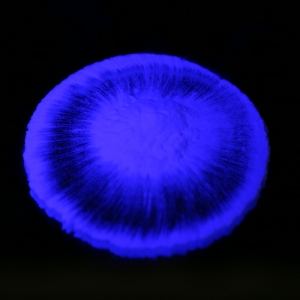
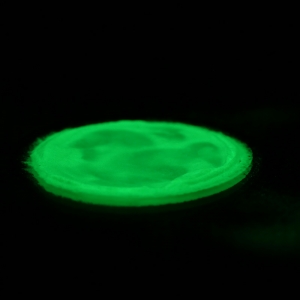

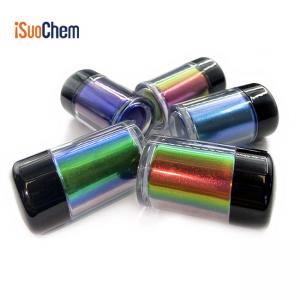
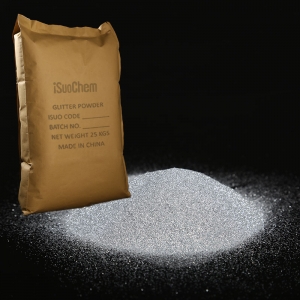
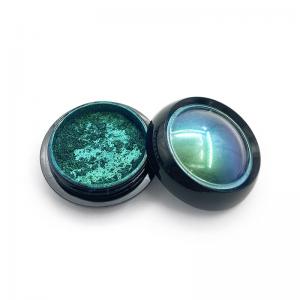






 +86 13965049124
+86 13965049124
 português
português  English
English français
français русский
русский italiano
italiano español
español العربية
العربية 한국의
한국의 ไทย
ไทย Tiếng Việt
Tiếng Việt






